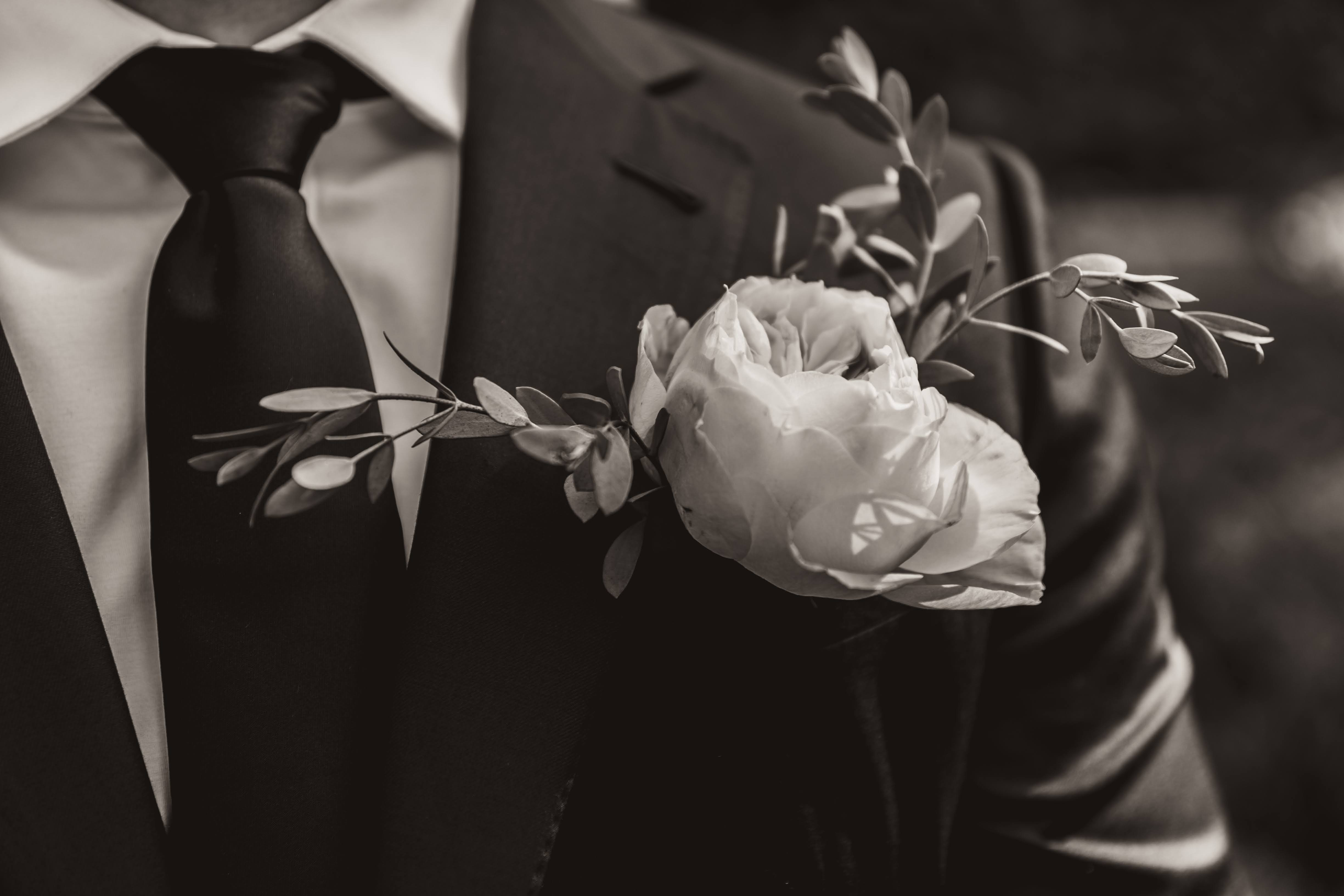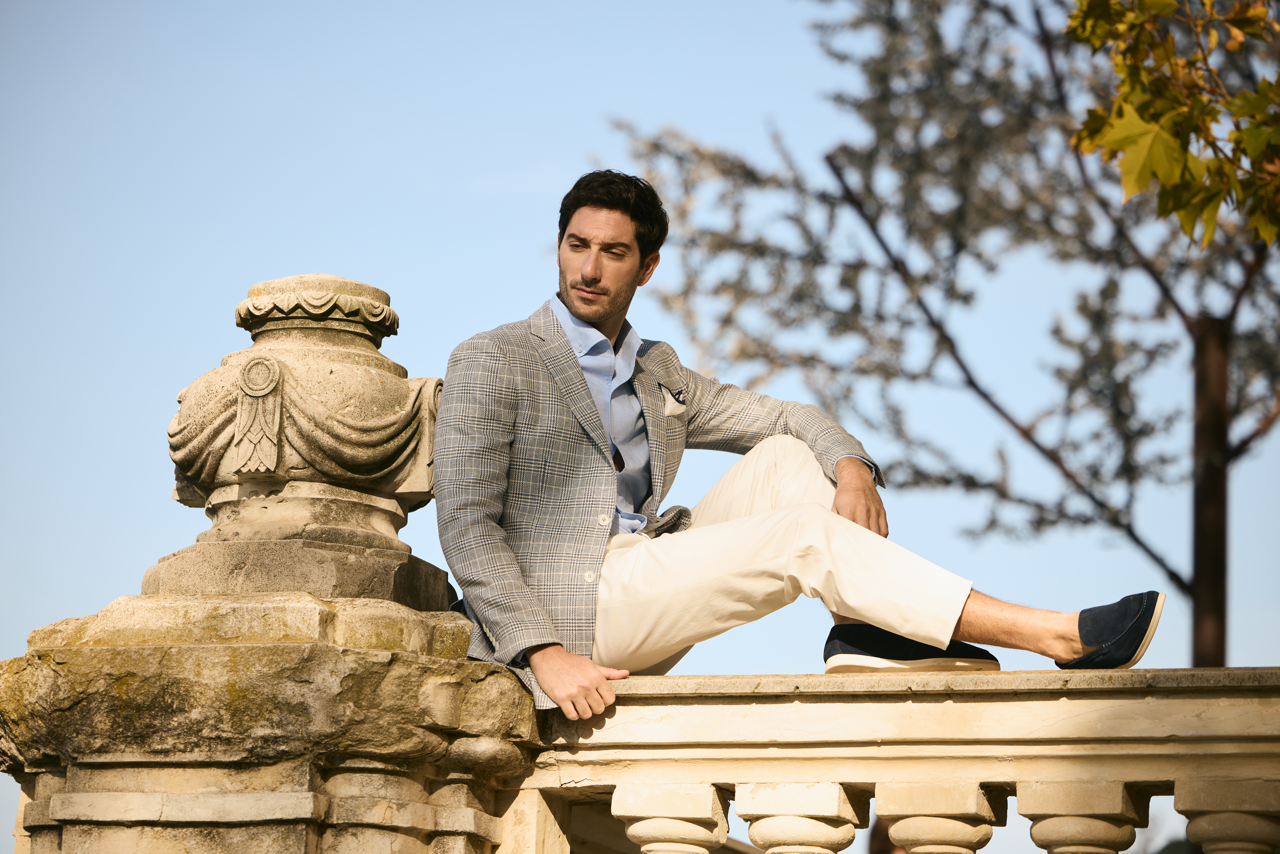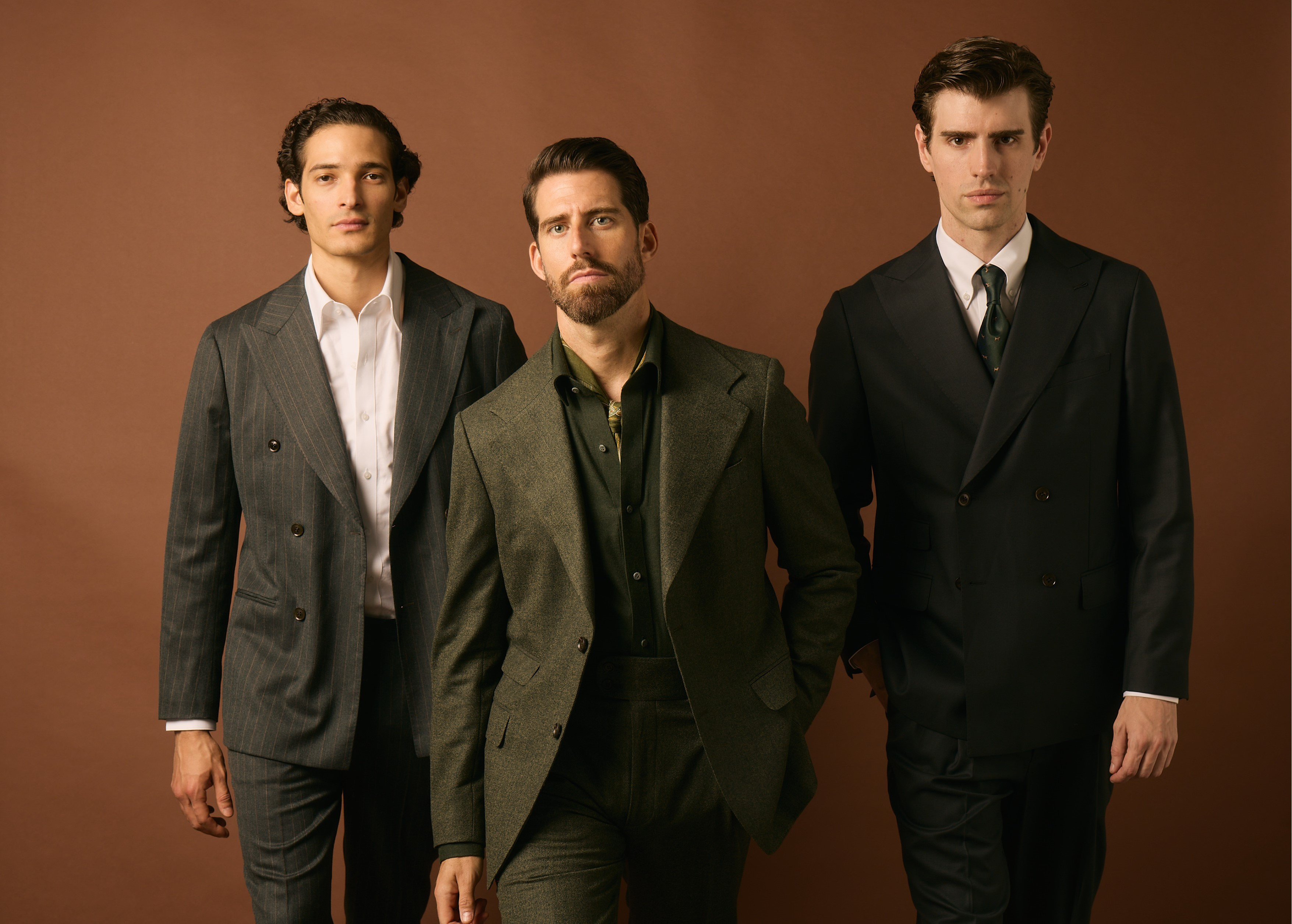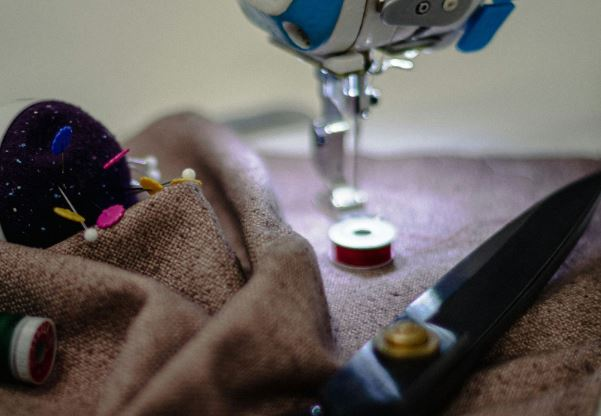Blog categories
How to Dress Taller: Smart Suiting Tricks For Men
If you’ve ever wished for a little extra height (without balancing on suspiciously thick shoe soles), this one’s for you. The right suit can make you look taller, leaner, and more confident, no gym required. Whether you’re wearing a custom made suit for a big meeting or pulling on men’s casual business wear for a date, these tricks will help you stand tall, even if the tape measure says otherwise.
1. Go Slim, Not Baggy
Loose suits can drown your frame. Instead, choose for a slim fit suit or a tailored suit. This creates clean vertical lines that visually elongate your body.
-
A men’s slim fit 3 piece suit works wonders for formal events.
-
A men’s slim fit linen suit is perfect for warmer months (and yes, linen wrinkles, consider it character).
2. Keep It Monochrome
Wearing one color from head to toe creates a smooth, unbroken line. A two piece suit in navy, charcoal, or black is a safe bet. If you’re feeling bold, try white linen suits for summer weddings or parties.
3. Vertical Patterns Are Your Friend
Stripes pull the eye up and down, giving the illusion of height. A striped suit or check blazer (with smaller checks, not huge windowpanes) can subtly boost your perceived stature.
4. Shorter Jacket, Longer Legs
A custom made suit jacket that ends just above your mid-thigh makes your legs look longer. If buying custom made tailored suits, ask your tailor to tweak jacket length during the fitting.
5. Show a Little Shirt Cuff
About half an inch of your custom made shirt cuff peeking from under your sleeve balances proportions and signals sharp tailoring. It’s a small detail, but it works.
6. Mind Your Footwear
Pointed shoes create an elongated foot line, which adds to your height illusion. Keep socks matching your trousers for an uninterrupted visual line.
7. Seasonal Tweaks Matter
In summer, go for the best summer suits like lightweight wools or men’s slim fit linen suits. In winter, custom made tailored suits in heavier fabrics can still keep the same vertical, lengthening tricks.
8. Get It Tailored (Seriously)
Even the best designed suit won’t do you justice if it doesn’t fit right. Suit alterations are your secret weapon. If you can’t get to a store, consider custom suits online for the perfect fit.
Final Words
Height is just a number, but style? That’s all in your control. With these suiting tips, you’ll look taller, sharper, and more confident in anything from formal attire to casual sports jackets. At Brooks Bingham, we craft custom made suits online that work with your body, not against it.





